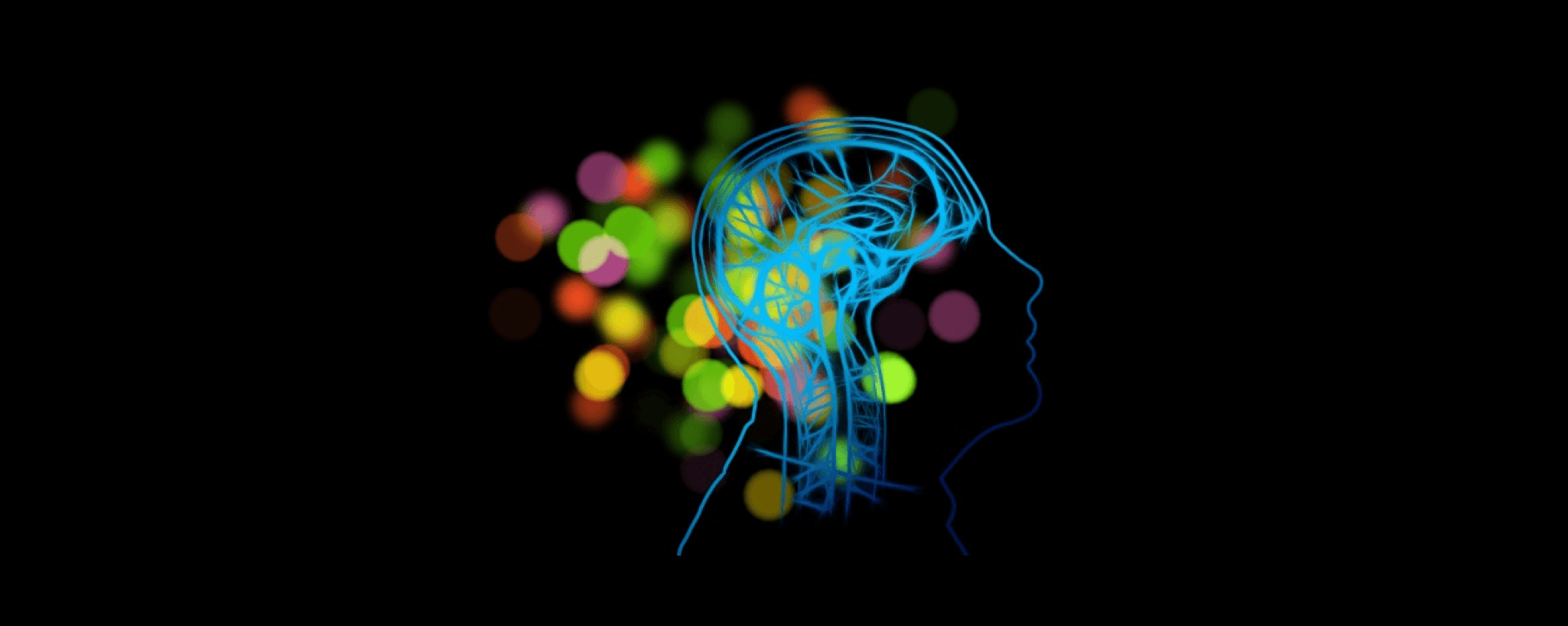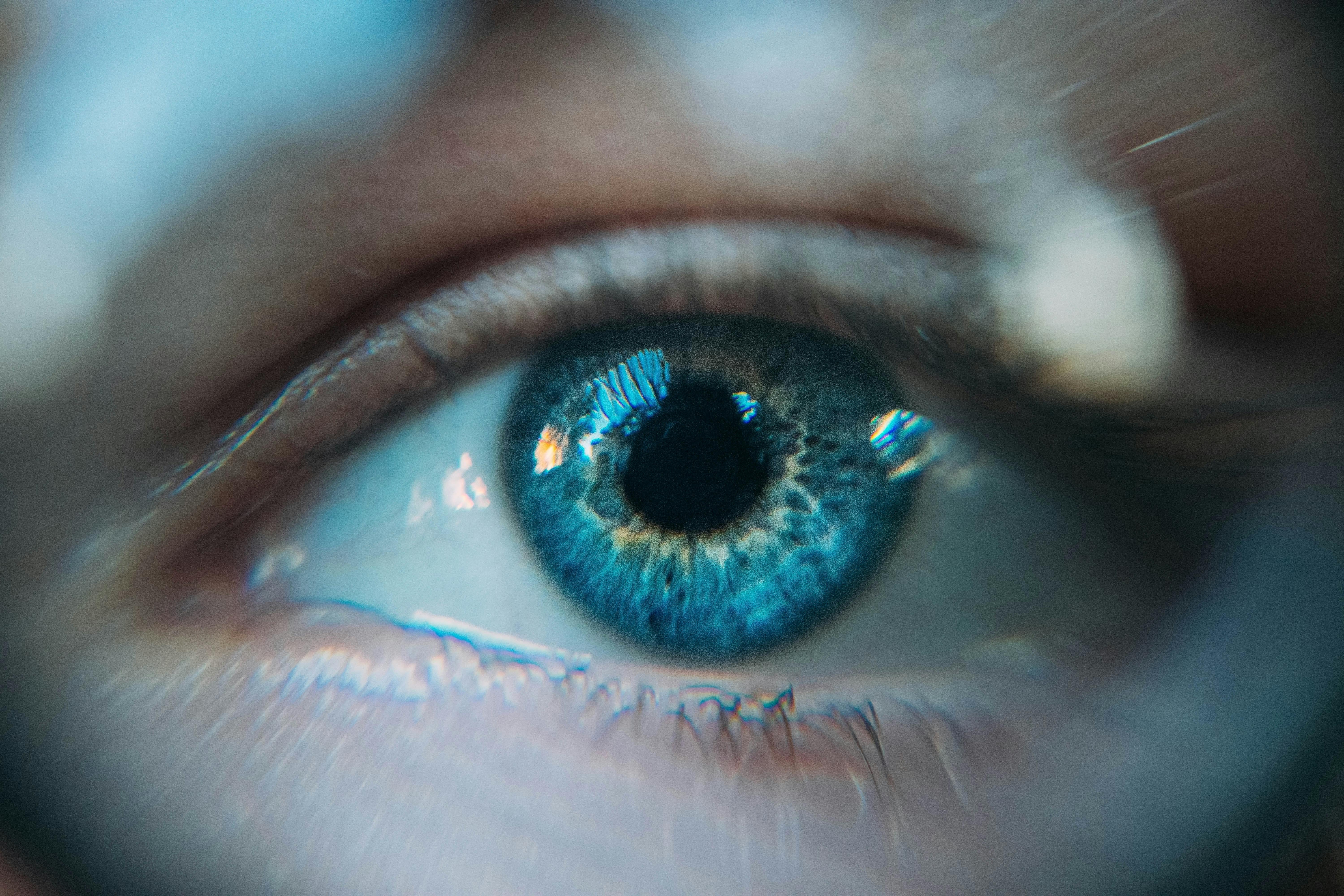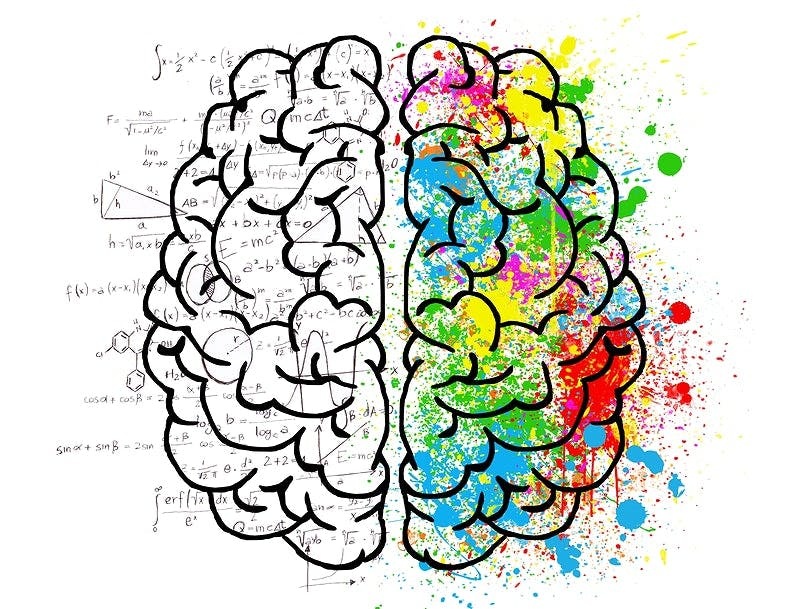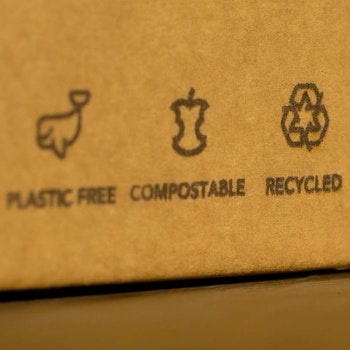
In his bestselling book Sapiens, author Yuval Noah Harari describes the impact of the discovery of fire. Not only did fire give humans a weapon and a dependable source of heat and light, but, perhaps more importantly, it enabled us to digest food far more efficiently. Foods that were previously indigestible raw — such as rice, potatoes and wheat — became edible once cooked. “Whereas chimpanzees spend five hours a day eating raw food,” he writes “a single hour suffices for people eating cooked food.”
This one discovery gave our bodies and minds an enormous boost of energy!
Really great design can be like “cooking” information to make it easier for our brains to digest. For example, I’ve often had the experience of looking at a well designed infographic or cutaway image (e.g. those that show the interior workings of a machine) and had an “ah-ha!” reaction of suddenly understanding a concept better than I had before. Incidentally, research has shown that this sort of ah-ha! feeling is due to our brain releasing dopamine — as a reward for us solving a puzzle or understanding something that previously eluded us. And great design that can achieve this.
If you need to quickly communicate to time-pressured, information-overloaded or just bored consumers, optimising your brand’s images is critical.
The cliche that a picture is worth a thousand words is often true. Our ability to rapidly comprehend the world via our eyes results from the inheritance of 600 million years of evolution. In contrast, language is an evolutionary late-comer. It’s far more intuitive for us to grasp concepts visually than linguistically. Vision is a broader information channel because we process so much intuitively and non-consciously. With just a glance at a face or a room, for example, we process vast amounts of information effortlessly.
But developing designs that can tap into our potential for understanding things quickly is not easy, and benefits from a test-and-learn process with reactions from your target audience to provide feedback.
From a business perspective there are many occasions when it’s necessary to get an idea across rapidly with minimal effort by the consumer. For example, icons rapidly communicate that something might be dangerous/toxic, or that a food is gluten free, contains nuts or other potential allergens, and so on.
But beyond simple icons (which are actually far from simple to design well) many types of intuitive designs can be powerful for businesses: products and instructions that are simple for consumers to grasp without having to struggle through pages of a difficult instruction manual, packaging that rapidly and effortlessly communicates the emotional and appealing triggers that generate desire, advertising that delivers rich messages without forcing viewers to work hard to grasp them.
How can you develop designs that are simple yet effective? Of course the skill, intuition and training of the designers plays a role. But beyond that you can increase your chances of success by using neuro testing and neuro design optimisation.
When we test designs — such as packages, print ads or icons — at CloudArmy, we not only use a range of neuro testing methods (such as Implicit, Fast Choice and Eye-Tracking tests) with your target audience, but we interpret the results using insights gleaned from neuroscience. We call the use of these insights to enhance designs “Neuro Design” best practices.
This helps us to uncover insights and generate recommendations that might not have been possible if you had only researched your design concepts using traditional style surveys where consumers have to explain their reactions in words.
Here are some examples of how we use Neuro Design best practices:
Structuring an image for maximum engagement
For centuries painters have deliberately used certain harmonic structures in their work to create images that feel more pleasing to the eye and more captivating. Designers of modern-day logos have also adopted this technique to achieve the same effect, despite a logo being apparently more simple than a painting.
Similarly, when designing packaging, the overall structure of the front of the pack is of critical importance. It will determine not only the attractiveness, engagement and feelings that consumers have towards it, but how easily their eyes can visually navigate around the design. Designs that are easier for shoppers to navigate tend to generate a more positive feeling. By combining our knowledge of how consumers respond to different design structures with measures such as eye-tracking we help our clients effectively optimise their packaging.
Optimising for directing attention
Is there an important part of your design that you are concerned consumers might miss? We have several ways of measuring this, but once we have established the degree to which they are missing it, or which of your possible design options are attracting the most attention, we can then use our understanding of visual attention to give you recommendations on how to further optimise the design to get that critical bit of information noticed.
Optimising first impressions
Does your design automatically trigger the right feelings when time-pressed consumers glance at it for the first time? Typically your product might only have seconds to grab and emotionally engage consumers. Research has shown that the first second we are exposed to an image is critically important to how we feel about it from then onwards. This first impression effect means that your product designs need to be carefully optimised to maximise the impact of those elements that we know drive the early perceptions formed by your brain's visual system.
These are just three examples of how our consultants use neuro design understanding to interpret test results.
Testing images and understanding visual neuroscience effects goes hand-in-hand. They make a powerful pairing forfinding the best of your design options and then further optimising them.
To find out more about how we can help optimise and boost the power of your brand's images contact us.







